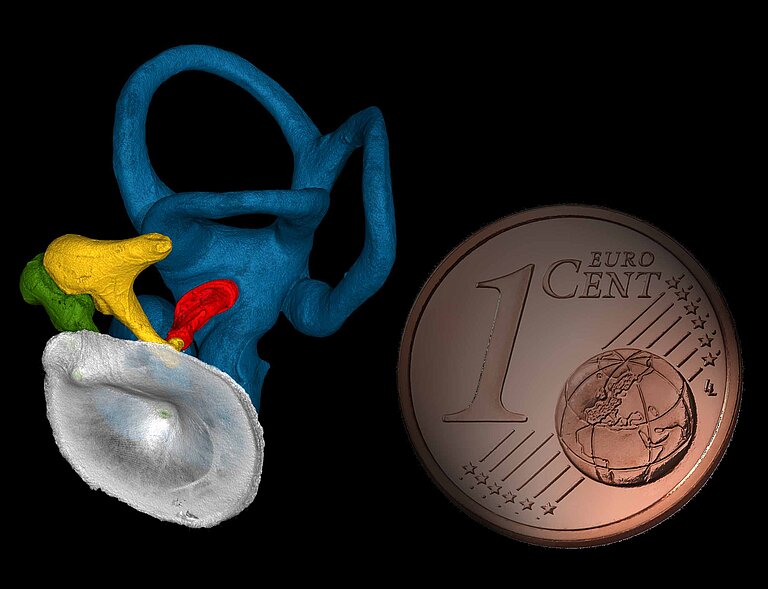Scientists find the greatest number of small ear ossicles known from Neandertals so far and compare them to the ossicles of modern humans
A research team led by scientists of the Max Planck Institute for Evolutionary Anthropology scanned the skulls of Neandertals and found the small middle ear ossicles, which are important for hearing, still preserved within the cavities of the ear. To their surprise, the Neandertal ossicles are morphologically distinct from the ossicles of modern humans. Despite the differences in morphology, the function of the middle ear is largely the same in the two human species. The authors relate the morphological differences in the ossicles to different evolutionary trajectories in brain size increase and suggest that these findings might be indicative of consistent aspects of vocal communication in modern humans and Neandertals. These findings are also of importance for shedding light on the emergence of human spoken language, which can only be inferred indirectly from the archaeological and fossil record.
